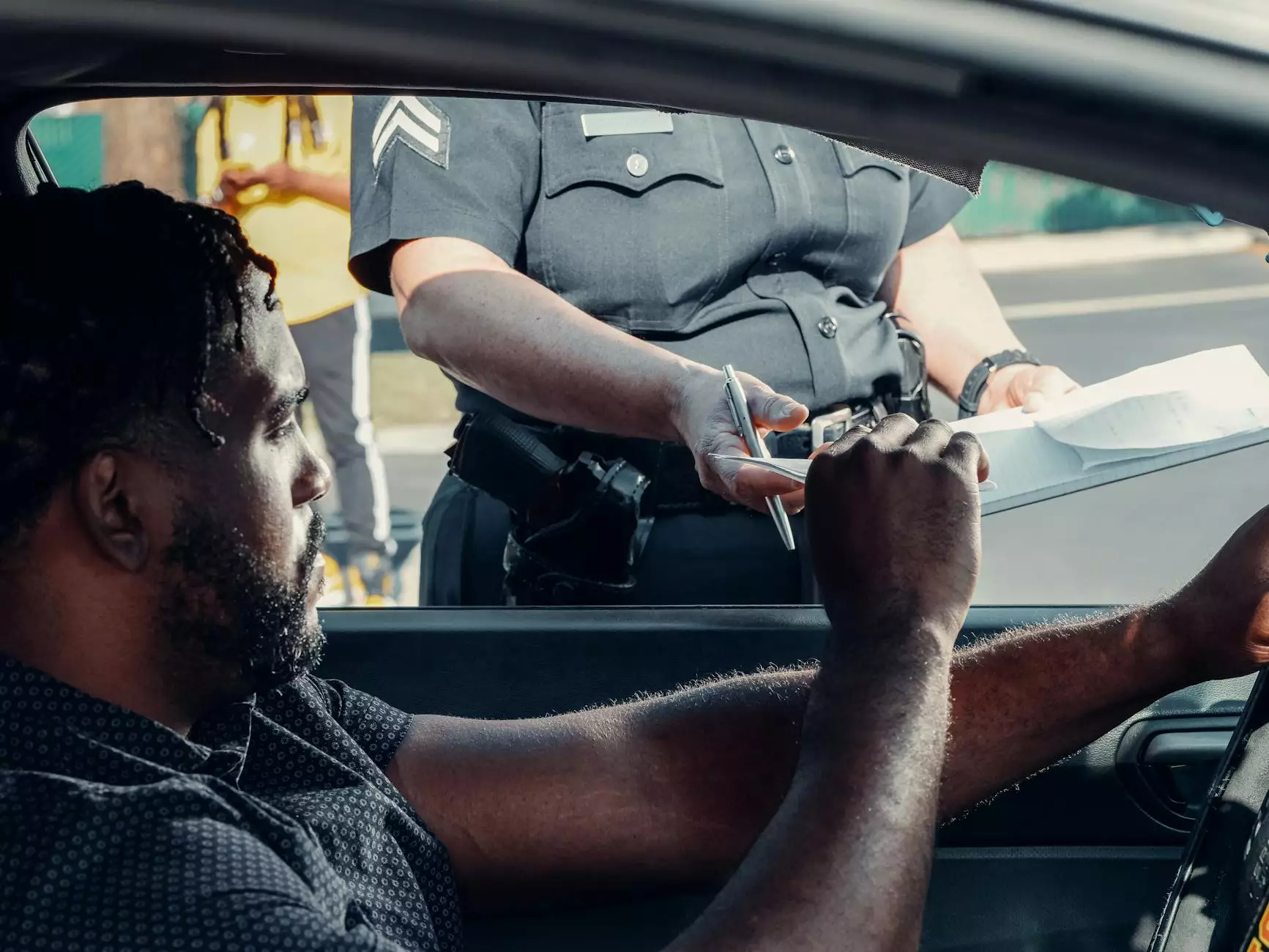Defensive Driving: 5 Ways to Prevent Car Accidents
Car Accidents
Introduction
Welcome to the comprehensive guide on defensive driving techniques provided by John Hugh Shannon, your trusted legal advisor in the domain of law and government. In this article, we will explore five effective ways to prevent car accidents and ensure road safety for yourself and others.
1. Stay Focused and Avoid Distractions
One of the primary causes of car accidents is distracted driving. It is vital to remain focused on the road and avoid any distractions that may divert your attention. Some common distractions include texting, talking on the phone, eating, or grooming while driving.
By keeping your eyes on the road and hands on the wheel, you can minimize the risk of accidents. If you need to attend to something urgent, it is advisable to pull over to a safe location before doing so.
2. Follow Traffic Laws and Speed Limits
Adhering to traffic laws and speed limits plays a crucial role in preventing car accidents. Always follow the posted speed limits and adjust your speed according to road and weather conditions. Speeding not only increases the likelihood of accidents but also reduces the time available to react to potential hazards.
Additionally, obeying traffic signals, stop signs, and other road signs ensures a smooth flow of traffic and reduces the risk of collisions. Remember, defensive driving involves not only protecting yourself but also respecting the safety of others on the road.
3. Maintain a Safe Following Distance
Keeping a safe following distance between your vehicle and the one in front of you is a crucial defensive driving technique. This provides you with enough time to react and brake in case of sudden stops or emergencies.
A general rule of thumb is to maintain at least a 3-second gap between your vehicle and the vehicle ahead. In adverse weather conditions or when driving at higher speeds, it is advisable to increase this gap to ensure sufficient braking distance.
4. Use Defensive Driving Strategies
Defensive driving involves being aware of your surroundings and anticipating potential risks on the road. Employing effective defensive driving strategies can significantly reduce the chances of accidents.
Some key defensive driving strategies to implement include:
- Scanning the road ahead and to the sides to identify potential hazards
- Maintaining a safe speed and adjusting it as necessary
- Being cautious at intersections and yielding the right of way
- Using turn signals and checking blind spots before changing lanes
- Anticipating the actions of other drivers and being prepared to react
5. Practice Responsible Driving Behavior
Responsible driving behavior goes hand in hand with defensive driving. By taking accountability for your actions on the road, you can contribute to a safer driving environment for everyone.
A few examples of responsible driving behavior include:
- Never driving under the influence of alcohol or drugs
- Using seat belts and ensuring all passengers do so as well
- Avoiding aggressive driving, such as tailgating or excessive speeding
- Refraining from engaging in road rage incidents
- Regularly maintaining your vehicle to ensure its roadworthiness
Conclusion
In conclusion, adopting defensive driving techniques is vital for preventing car accidents and ensuring the safety of yourself and others on the road. By staying focused, following traffic laws, maintaining safe distances, employing defensive driving strategies, and practicing responsible driving behavior, you can significantly reduce the risk of accidents.
Remember, John Hugh Shannon is here to provide you with expert legal advice in matters related to defensive driving and other aspects of law and government. Stay safe and drive defensively!










